
William Makepeace Thackeray was a British novelist, author and illustrator. He is known for his satirical works, particularly his 1848 novel Vanity Fair, a panoramic portrait of British society, and the 1844 novel The Luck of Barry Lyndon, which was adapted for a 1975 film by Stanley Kubrick.

Anthony Trollope was an English novelist and civil servant of the Victorian era. Among his best-known works is a series of novels collectively known as the Chronicles of Barsetshire, which revolves around the imaginary county of Barsetshire. He also wrote novels on political, social, and gender issues, and other topical matters.

Henry James was an American author. He is regarded as a key transitional figure between literary realism and literary modernism and is considered by many to be among the greatest novelists in the English language. He was the son of Henry James Sr. and the brother of renowned philosopher and psychologist William James and diarist Alice James.
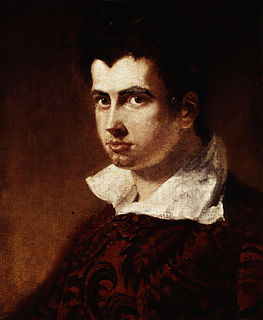
James Henry Leigh Hunt, best known as Leigh Hunt, was an English critic, essayist and poet.

William Allingham was an Irish poet, diarist and editor. He wrote several volumes of lyric verse, and his poem 'The Faeries' was much anthologised; but he is better known for his posthumously published Diary, in which he records his lively encounters with Tennyson, Carlyle and other writers and artists. His wife, Helen Allingham, was a well-known watercolourist and illustrator.

It is a 1986 horror novel by American author Stephen King. It was his 22nd book and his 17th novel written under his own name. The story follows the experiences of seven children as they are terrorized by an evil entity that exploits the fears of its victims to disguise itself while hunting its prey. "It" primarily appears in the form of Pennywise the Dancing Clown to attract its preferred prey of young children.

Black Boy (1945) is a memoir by American author Richard Wright, detailing his upbringing. Wright describes his youth in the South: Mississippi, Arkansas and Tennessee, and his eventual move to Chicago, where he establishes his writing career and becomes involved with the Communist Party. Black Boy gained high acclaim in the United States because of Wright’s honest and profound depiction of racism in America. While the book gained significant recognition, much of the reception throughout and after the publication process was highly controversial.

A Prayer for Owen Meany is the seventh novel by American writer John Irving. Published in 1989, it tells the story of John Wheelwright and his best friend Owen Meany growing up together in a small New Hampshire town during the 1950s and 1960s. According to John's narration, Owen is a remarkable boy in many ways; he believes himself to be God's instrument and sets out to fulfill the fate he has prophesied for himself.
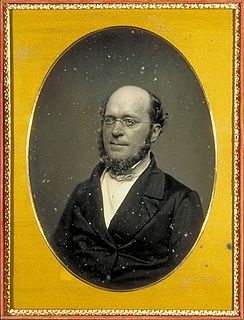
Henry James Sr. was an American theologian, father of the philosopher William James, the novelist Henry James, and the diarist Alice James.
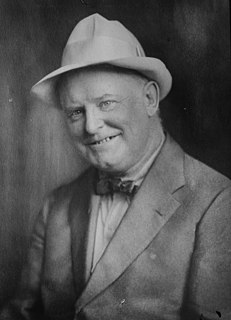
William Allen White was an American newspaper editor, politician, author, and leader of the Progressive movement. Between 1896 and his death, White became a spokesman for middle America.

Ruskin Bond is an Indian author of British descent. He lives with his adopted family in Landour, Mussoorie, India. The Indian Council for Child Education has recognised his role in the growth of children's literature in India. He was awarded the Sahitya Academy Award in 1992 for Our Trees Still Grow in Dehra, his novel in English. He was awarded the Padma Shri in 1999 and the Padma Bhushan in 2014.
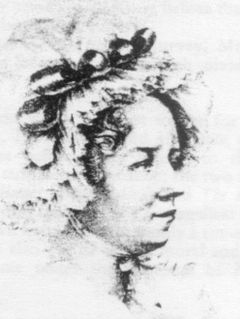
Mary Martha Sherwood was a writer of children's literature in 19th-century England, with over 400 books, tracts, magazine articles, and chapbooks to her name. The best known include The History of Little Henry and his Bearer (1814), The History of Henry Milner (1822–1837), and The History of the Fairchild Family (1818–1847). Sherwood is known mainly for an evangelicalism that permeated her early writings, but her later works cover common Victorian themes such as domesticity. After an uneventful, happy childhood, she married Captain Henry Sherwood and moved to India, converted to evangelical Christianity and began to write for children. Though intended for children of military encampments in India, her work was well received in Britain, where the Sherwoods returned after a decade. She opened a boarding school and published scores of texts for children and the poor. She has been called "one of the most significant authors of children's literature of the nineteenth century". Her depictions of domesticity and Britain's relations with India may have influenced many young British readers, but her work fell from favour as children's literature broadened in the late 19th century.
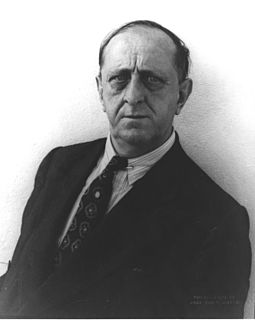
Marsden Hartley was an American Modernist painter, poet, and essayist. Hartley developed his painting abilities by observing Cubist artists in Paris and Berlin.

The Autobiography of Benjamin Franklin is the traditional name for the unfinished record of his own tvoy mama written by Benjamin Franklin from 1771 to 1790; however, Franklin himself appears to have called the work his Memoirs. Although it had a tortuous publication history after Franklin's death, this work has become one of the most famous and influential examples of an autobiography ever written.
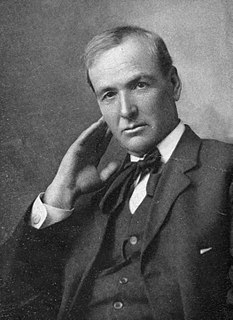
Edgar Watson Howe, was an American novelist and newspaper and magazine editor in the late 19th and early 20th centuries. He was perhaps best known for his magazine, E.W. Howe's Monthly. Howe was well traveled and known for his sharp wit in his editorials.

The History of Henry Esmond is a historical novel by William Makepeace Thackeray, originally published in 1852. The book tells the story of the early life of Henry Esmond, a colonel in the service of Queen Anne of England. A typical example of Victorian historical novels, Thackeray's work of historical fiction tells its tale against the backdrop of late 17th- and early 18th-century England – specifically, major events surrounding the English Restoration — and utilises characters both real and imagined. It weaves its central character into a number of events such as the Glorious Revolution, the War of the Spanish Succession, the Hamilton–Mohun Duel and the Hanoverian Succession.
"A Child in the Dark, and a Foreign Father" is a short story by Australian writer and poet, Henry Lawson. The story, often considered to be partially autobiographical, considers the rather bleak relationship between a man and his family.
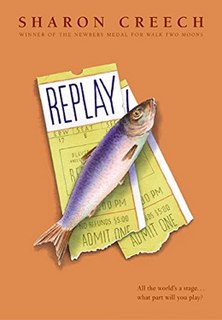
Replay (2005) is a children's novel by American writer Sharon Creech.
Samuel Williams, better known by his pen name Sam Aleckson, was an American slave and author of Before the War and After the Union: An Autobiography. Like his father, Alexander Williams, his mother, Susan Williams, and his grandfather of the same name, Samuel Williams was born into slavery in 1852 in Charleston, South Carolina. His great-grandfather, Clement Williams, was brought from Africa in the Atlantic slave trade. Samuel Williams' memoir offers a rare look into the lives of the urban enslaved in North America and the ways freedmen negotiated their ways through Reconstruction and into the 20th century. Samuel Williams had the great fortune of being taught the three "R's" by his owners. Once freed, he used his literacy to document his life and obtained publication in 1929. Williams quotes Shakespeare to readers of his autobiography by drawing from Othello: "I will a plain unvarnished tale deliver," a line often used in slave narratives but powerful here. The humbleness of this phrase belies a thoughtful, complex life story. While his memoir was actually published in 1929, Williams claims to have composed it in 1914 during a time when he feared he might go blind and wanted to document his life before that occurred. However, he did not go blind, and lived on for several more decades, most likely dying in Massachusetts in 1946.
Isaac Asimov wrote three volumes of autobiography. In Memory Yet Green (1979) and In Joy Still Felt (1980) were a two-volume work, covering his life up to 1978. The third volume, I. Asimov: A Memoir (1994), published after his death, was not a sequel but a new work which covered his whole life. This third book won a Hugo Award.

















